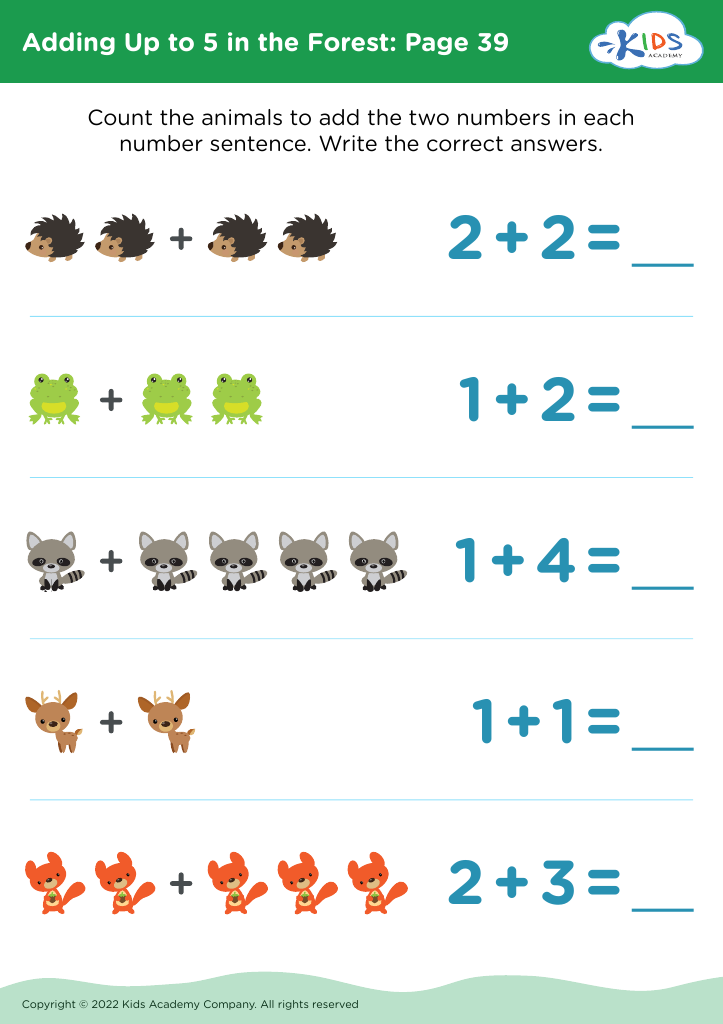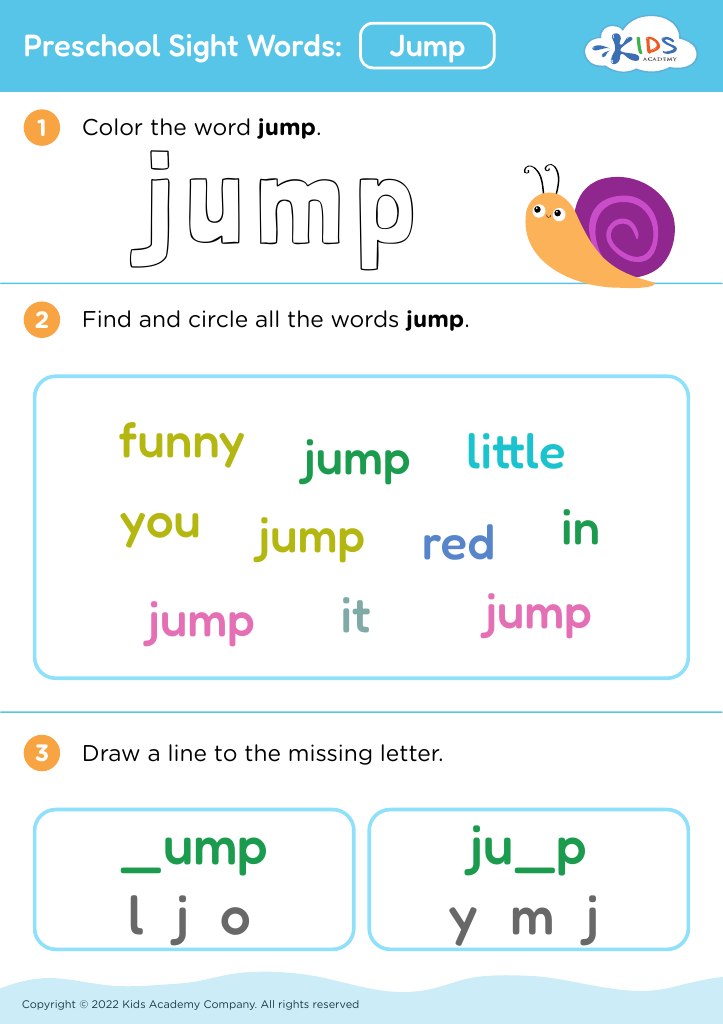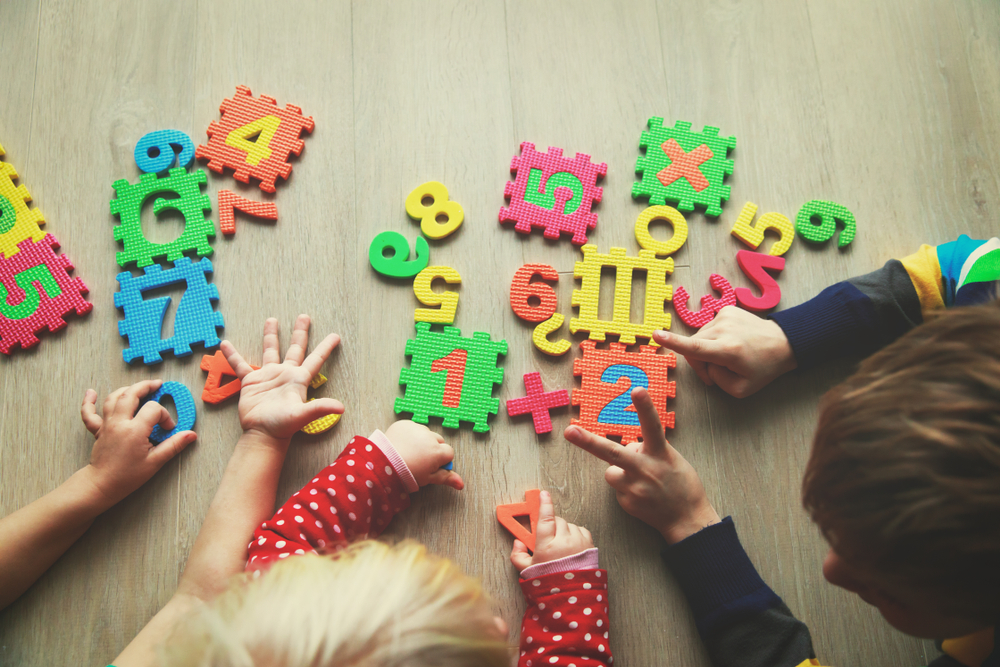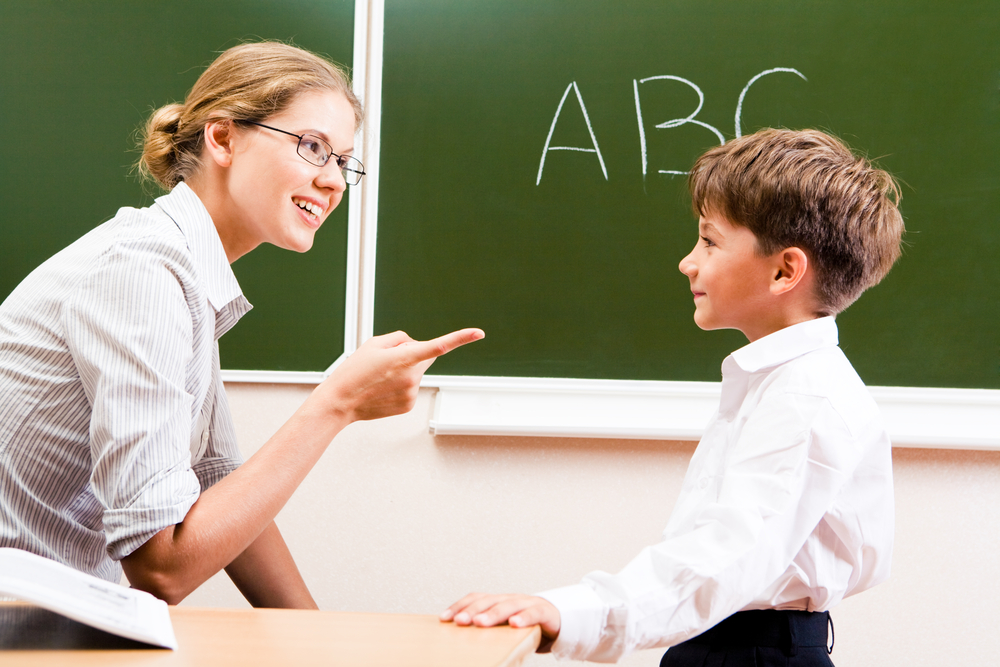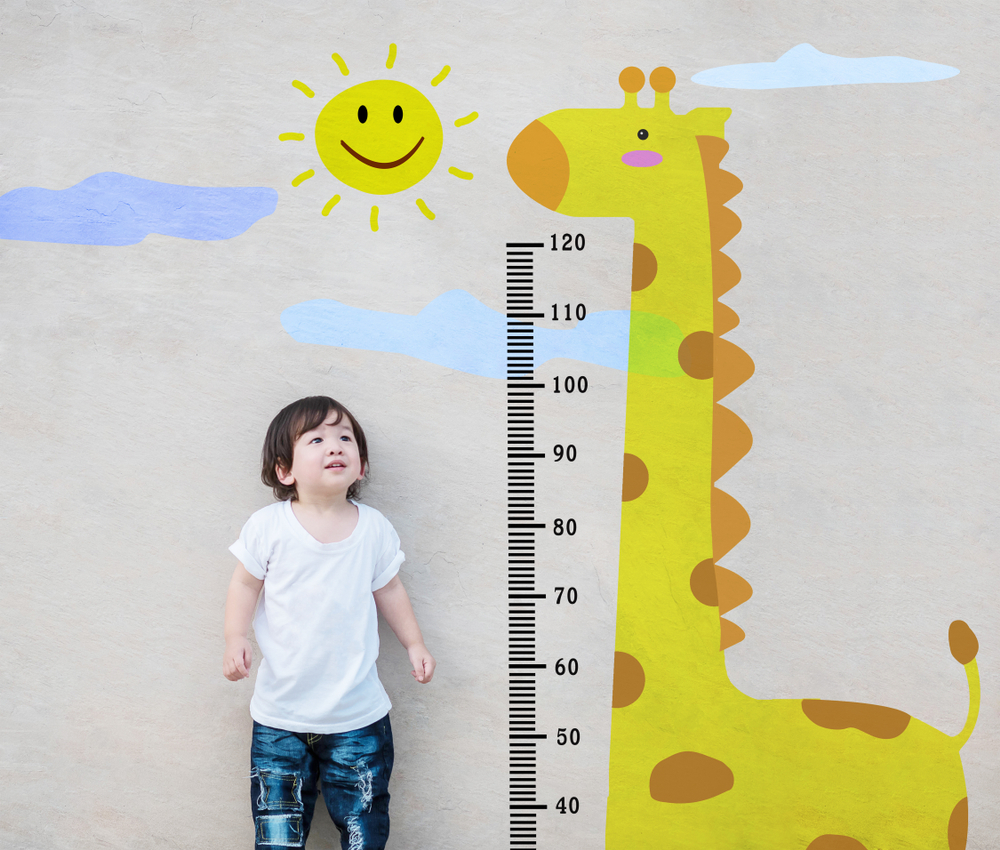Visual perception Worksheets for Ages 4-6 - Page 3
56 filtered results
-
From - To
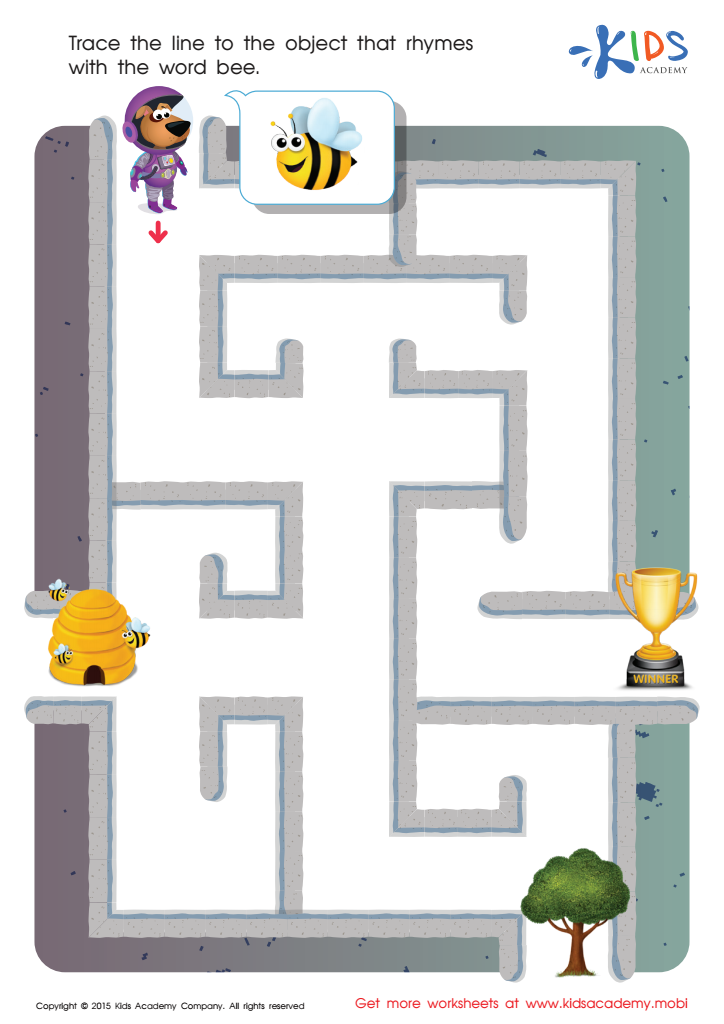

Bee Rhyming Words Worksheet
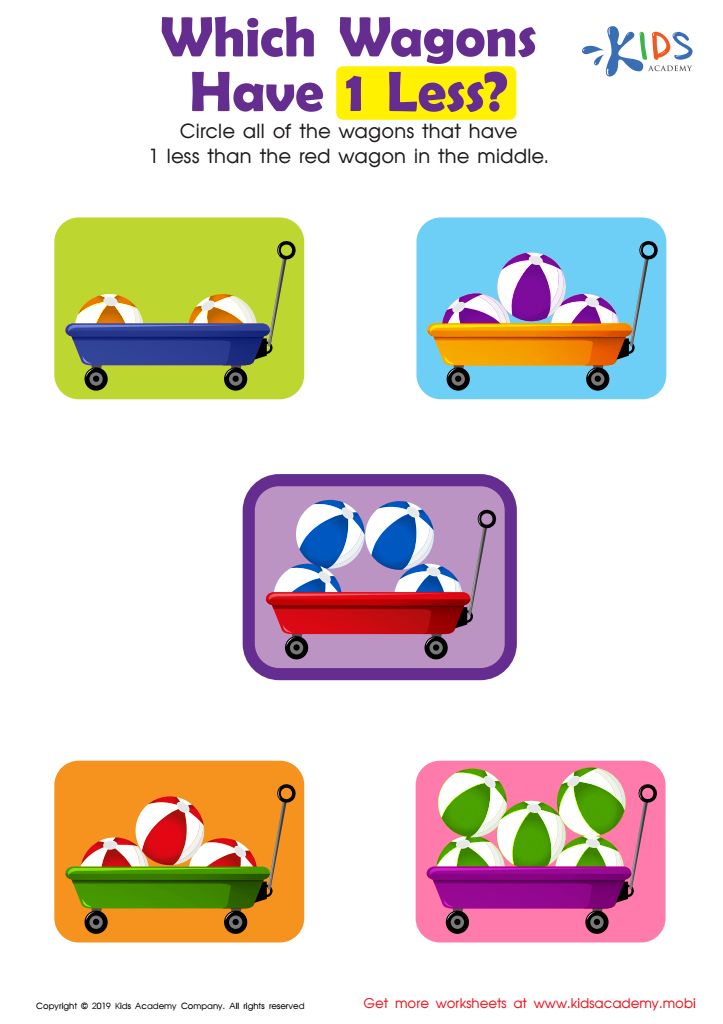

Which Wagons Have 1 Less? Worksheet
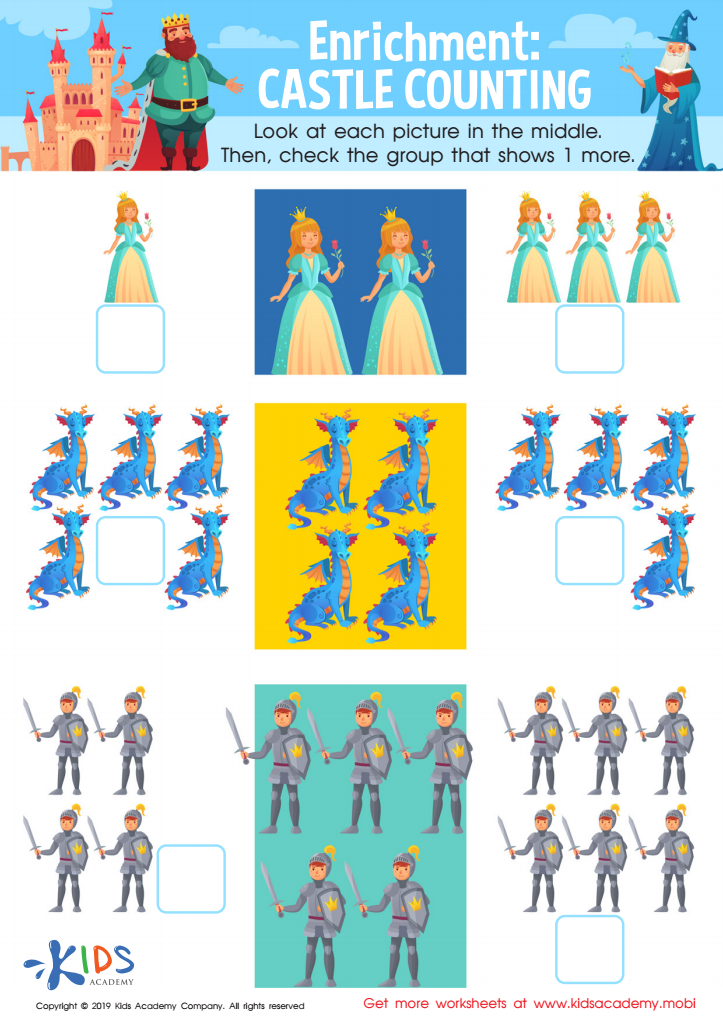

Enrichment: Castle Counting Worksheet
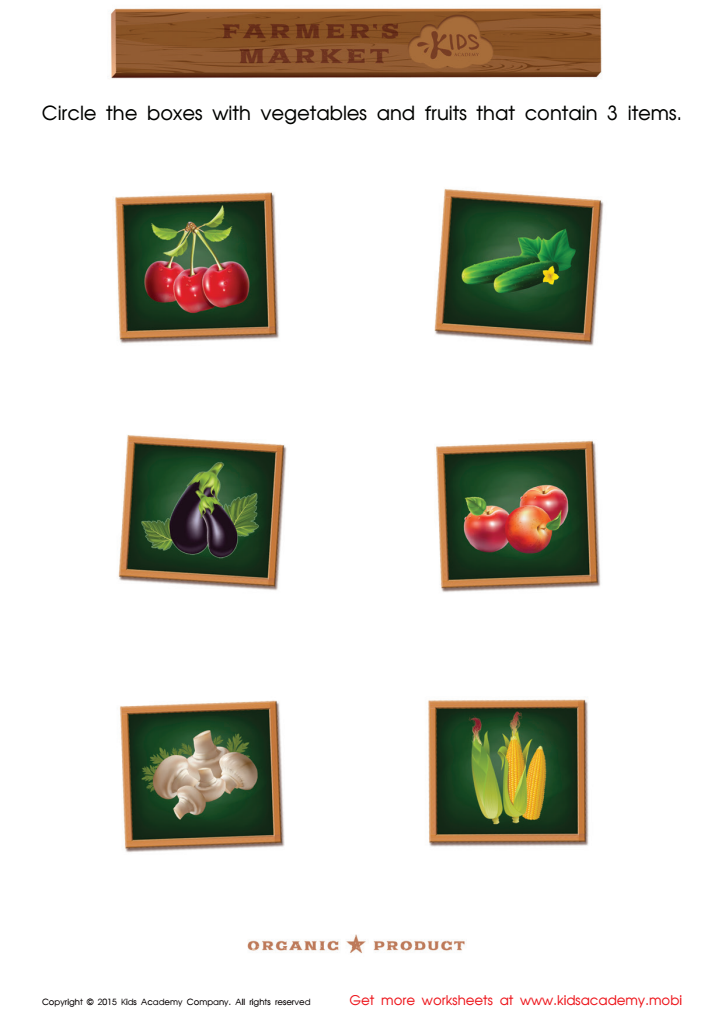

Count and Match Vegetables 1 – 5 Math Worksheet
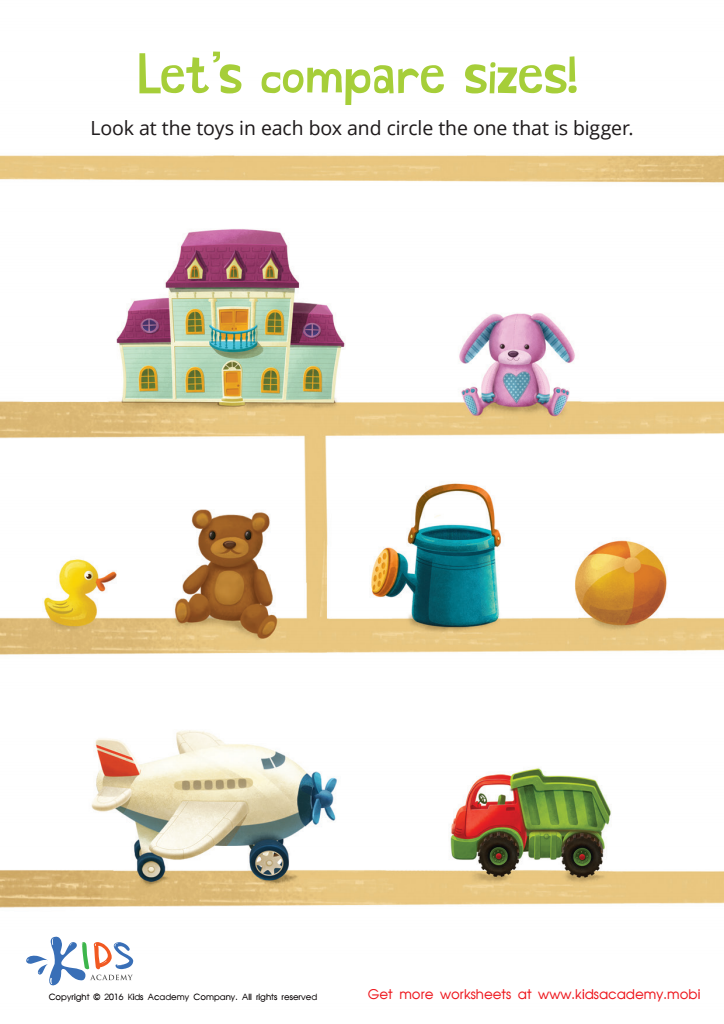

Classifying by Size Sorting Worksheet
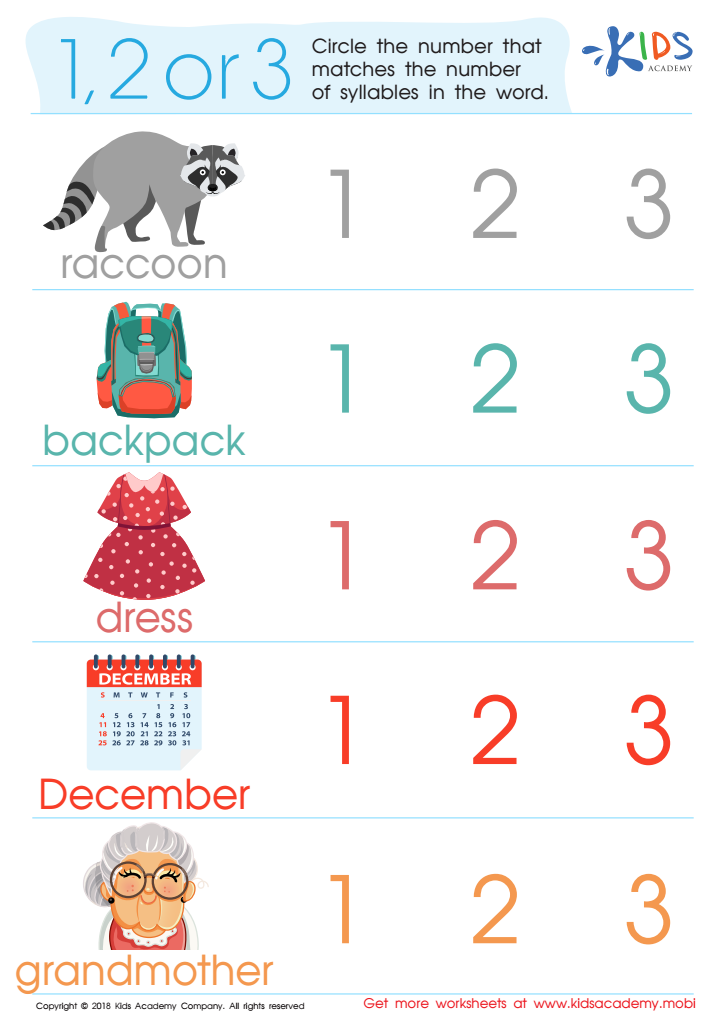

1, 2 or 3? Worksheet
Visual perception is a crucial aspect of early childhood development, especially for children aged 4-6. It refers to the brain's ability to make sense of what the eyes see, and it significantly influences how children understand and interact with their world. Parents and teachers should care about visual perception for several compelling reasons.
Firstly, visual perception is foundational for learning to read and write. Recognizing letters, distinguishing between similar shapes, and understanding the spacing between words are all dependent on strong visual perception skills. If these are not well developed, children may struggle with literacy, which can have long-term effects on their academic progression.
Secondly, visual perception plays a key role in coordinating movement and body awareness. Activities like catching a ball, stacking blocks, or drawing require children to accurately perceive and process visual information. Poor visual perception might lead to difficulties in sports, art, and general play, hindering a child’s overall physical development and confidence.
Lastly, fostering visual perception early on contributes to improved problem-solving and critical thinking skills. When children identify patterns, sort objects, and navigate their environment, they develop cognitive abilities that are essential for complex learning tasks later in life.
Therefore, parents and teachers have a significant role in engaging children in activities that bolster visual perception, ensuring a strong foundation for their future educational and personal success.
 Assign to My Students
Assign to My Students
